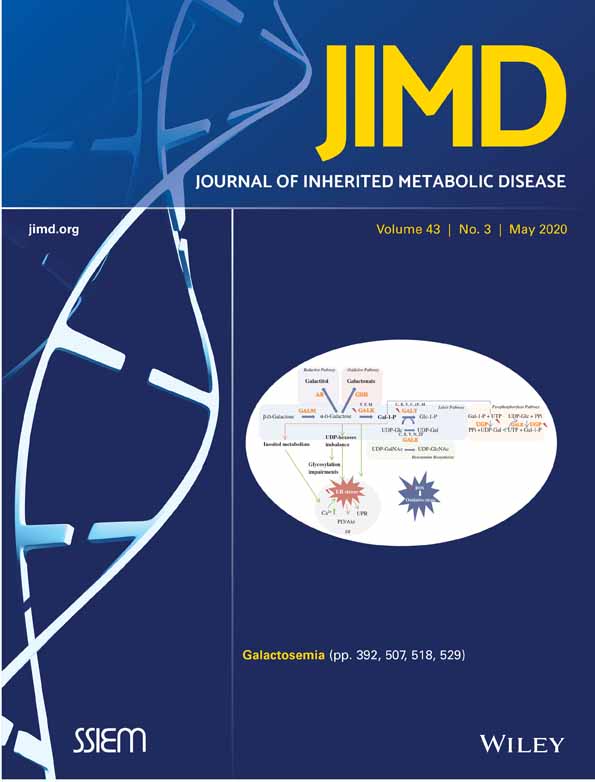Whole-body magnetic resonance imaging in late-onset Pompe disease: Clinical utility and correlation with functional measures
Funding information: Sanofi Genzyme
Abstract
Whole-body magnetic resonance imaging (WBMRI) has clinical utility in measuring the amount of fatty infiltration in late-onset Pompe disease (LOPD). Muscle strength and function testing also provide valuable insight to the progression of myopathy seen in these patients. The main purpose of this study was to determine how closely muscle strength and functional testing correlate to the amount of fatty infiltration seen on WBMRI. LOPD patients were followed longitudinally and WBMRI, muscle strength testing using the modified Medical Research Council (mMRC) scale, muscle function testing using the Gait, Stairs, Gowers, Chair (GSGC) score, and labs including urinary glucose tetrasaccharide (Glc4) were performed at each visit. The amount of fat seen on WBMRI was quantified using proton density fat fraction (PDFF) and correlated to appropriate muscle strength and functional tests. Nineteen patients with LOPD aged 10 to 67 years were followed for a 1 to 2 year duration. There was a small increase of 1.26% (±2.57%) in overall PDFF per year in patients on ERT. Muscle strength (mMRC) and functional testing (GSGC) correlated highly with PDFF (r = −.7596, P < .0001 and r = .8267, P < .0001, respectively). Time to carry out individual tasks of the GSGC also correlated highly with PDFF of the muscles involved. Glc4 levels were normal on most visits (27/39) despite varying severity of muscle weakness in patients. Muscle strength and GSGC scores correlate highly with PDFF values from WBMRI. They may be used in assessing severity of muscle disease and to follow LOPD patients over time.
CONFLICT OF INTEREST
A.A.K., T.B., M.B., S.A., M.S. and L.C. declare that they have no conflict of interest.
P.S.K. has received grant support from Sanofi Genzyme, Valerion Therapeutics, Shire Pharmaceuticals and Amicus Therapeutics. P.S.K. has received consulting fees and honoraria from Sanofi Genzyme, Shire Pharmaceuticals, Amicus Therapeutics, Vertex Pharmaceuticals and Asklepios BioPharmaceutical, Inc. (AskBio). P.S.K. is a member of the Pompe and Gaucher Disease Registry Advisory Board for Sanofi Genzyme. P.S.K. has equity in AskBio, which is developing gene therapy for Pompe disease.
Open Research
DATA AVAILABILITY STATEMENT
The data that support the findings of this study are available from the corresponding author upon reasonable request.




